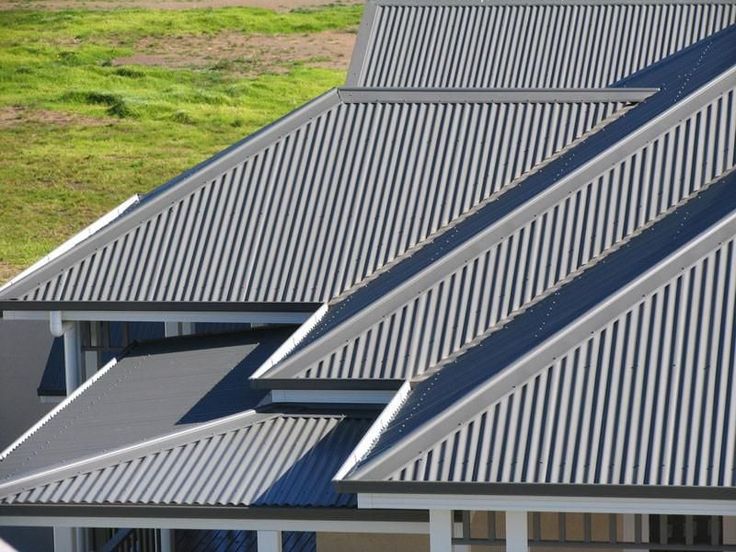Asbestos roofs have been a common feature in many Australian homes, particularly those built before the 1990s. While these roofs are durable, they pose significant health risks when damaged or disturbed. If you’re considering replacing your asbestos roof in Brisbane, it’s important to explore eco-friendly options that prioritize both safety and sustainability.

Understanding Asbestos and Its Risks
Asbestos is a naturally occurring mineral that was widely used in construction for its fire resistance and insulating properties asbestos roof replacement brisbane. However, it is now known to cause serious health issues, including lung cancer and asbestosis. For this reason, proper removal and replacement of asbestos roofs is crucial.
Why Choose Eco-Friendly Options?
Opting for eco-friendly materials and practices not only minimizes environmental impact but also promotes health and safety for you and future occupants. Eco-friendly roof replacements can reduce energy consumption, improve insulation, and enhance the overall sustainability of your home.
Eco-Friendly Roofing Materials
- Metal Roofing
- Durability: Metal roofs are long-lasting and can withstand harsh weather conditions.
- Recyclability: They are often made from recycled materials and are fully recyclable at the end of their life cycle.
- Energy Efficiency: Metal roofs reflect solar radiant heat, which can help reduce cooling costs.
- Clay or Concrete Tiles
- Natural Materials: These tiles are made from natural materials and have a long lifespan.
- Energy Efficient: They provide excellent insulation, keeping homes cooler in summer and warmer in winter.
- Recyclable: At the end of their life, these tiles can often be reused or recycled.
- Green Roofs
- Biodiversity: A green roof consists of living plants and can promote biodiversity by providing habitat for various species.
- Stormwater Management: They help absorb rainwater, reducing runoff and the risk of flooding.
- Thermal Regulation: Green roofs can help regulate indoor temperatures, reducing the need for heating and cooling.
- Recycled Materials
- Composite Roofing: Made from a blend of recycled plastics and rubber, composite shingles are durable and eco-friendly.
- Wood Shingles: Sourced from sustainable forests, wood shingles can provide a natural aesthetic while being biodegradable.
Sustainable Practices for Removal and Replacement
- Professional Asbestos Removal: Always hire licensed professionals for asbestos removal to ensure safety and compliance with local regulations.
- Waste Management: Ensure that all asbestos waste is disposed of properly, following the guidelines set by local authorities.
- Salvage and Reuse: If possible, salvage any reusable materials from the existing roof to minimize waste.
Energy Efficiency Considerations
When replacing your roof, consider incorporating energy-efficient features:
- Insulation: Improve or install insulation during the roofing project to enhance energy efficiency.
- Solar Panels: If you’re replacing your roof, it’s a perfect time to consider installing solar panels. They can significantly reduce energy bills and your carbon footprint.
Conclusion
Replacing an asbestos roof doesn’t have to compromise your commitment to sustainability. By choosing eco-friendly materials and practices, you can enhance the safety and efficiency of your home while minimizing environmental impact. In Brisbane, where the sun shines bright and weather can be unpredictable, investing in an eco-friendly roof can lead to long-term benefits for both your family and the planet. Always consult with local professionals who can guide you through the process, ensuring a safe and sustainable roof replacement.